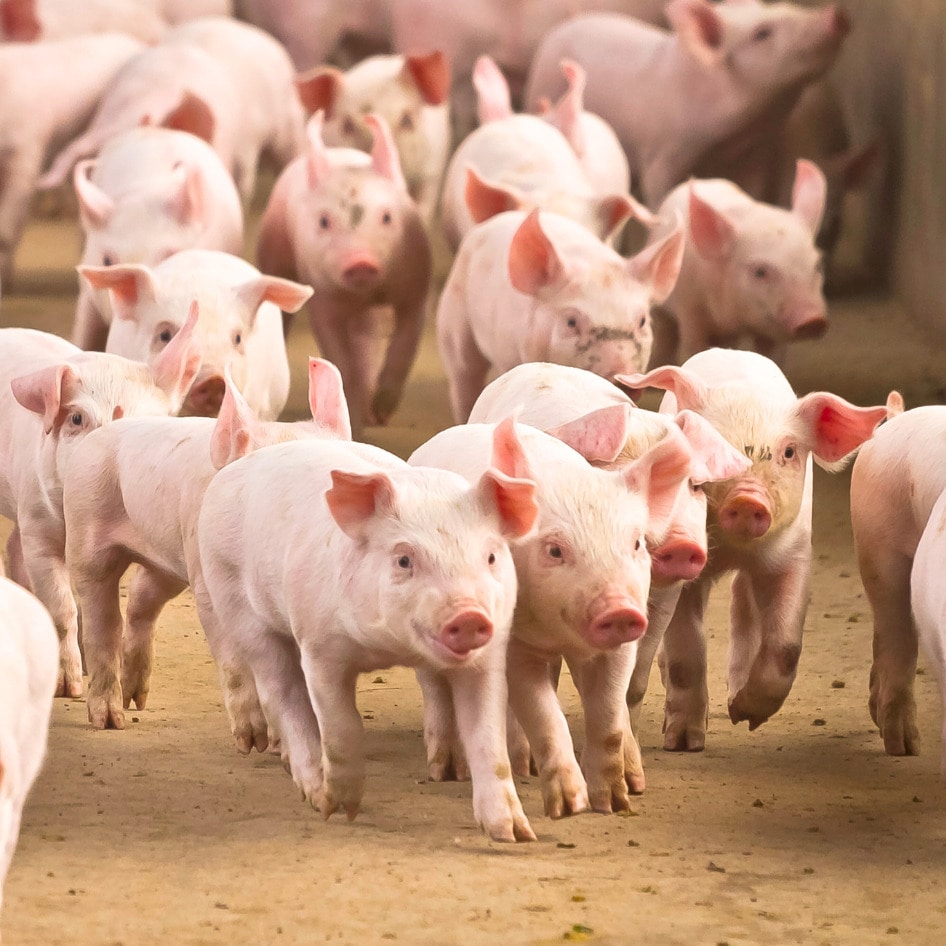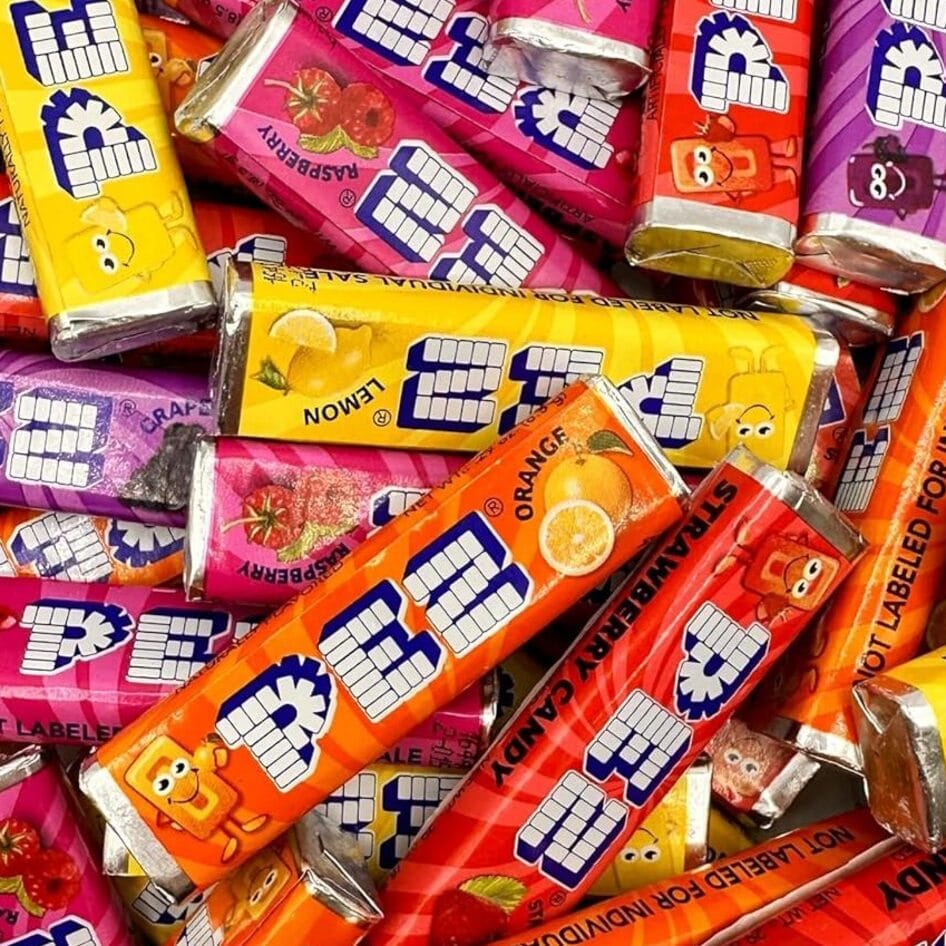Tips for the Best Vegan Tresses
Take these handy tress tips with you to your next dye date.
June 5, 2011
While it remains largely undecided whether blondes, brunettes, redheads, or even the Manic Panic devotees have more fun, it’s well-known that many tresses are less-than-natural in shade. Switching from caramel brown to crimson red is no new feat, but is your hair-color habit harmful?
The FDA does not approve cosmetics before they hit the market, meaning that manufacturers call the shots when it comes to determining which products are safe. Most commercially available permanent hair colors come with a laundry list of unpronounceable carcinogenic chemicals, including the infamous p-Phenylenediamine (PPD). Present in many permanent dyes, this chemical is the culprit in a number of severe allergic reaction cases, even after users passed the skin-allergy test. There are plenty of non-toxic and environmentally friendly hair-color options, and choosing which to use depends mainly on the effects you’re hoping to achieve.
Pretty in Plants
If you’re looking for subtle variations of color—and don’t mind a bit of a sticky, stinky mess—henna is the way to go. This plant-derived substance has been used for thousands of years, touting fans like Cleopatra. Plan in advance—Light Mountain Hair Color recommends letting the dye cure for one to three hours before application. LUSH Henna suggests leaving their dye on for one to six hours, depending on your desired shade, making henna a worthy but time-consuming choice. You can expect the effects to last from four to eight weeks, and might enjoy experimenting with different mix-ins like coffee, black tea, or lemon juice to customize your color. As an added bonus, henna serves as an excellent conditioner for hair.
At-Home Alternatives
For a greater variety of color, natural food stores carry brands like Herbatint, Tints of Nature , and NaturColor. While none of these are completely chemical free, they are cruelty-free and safer for the environment. The process is similar to mainstream over-the-counter kits, relying on the mixing of a few potent potions before application. All three offer permanent and semi-permanent herbal formulas, without the harsh effects—and stench—of ammonia, a toxic chemical that causes structural damage to hair. Tints of Nature also boasts certified organic ingredients, wrapped up in recyclable and compostible packaging.
Salon Styling
Like the idea of a natural alternative but don’t want to deal with the mess in your bathroom? Don’t resign yourself to a life of au naturel locks just yet. Aveda salons use their own all-vegan hair color; prices vary by location, but expect to spend more for professional services. To steer clear of ammonia, you’ll want to avoid their permanent colors. Just chat with your stylist and explain you’d prefer semi-permanent instead. Even if you live in an area where there’s nothing but conventional salons, hair stylist John Masters suggests buying a natural hair color, taking it in to the salon, and asking the stylist to apply it for you.
Next time you’re itching for a color switch, consider seeking out one of these cruelty-free choices. As an added bonus, rest assured that your beauty fix isn’t toxic, carcinogenic, or harmful to the environment.
Disaster-Free DIY
—Check the fine print before using permanent dye on henna-colored hair or vice versa—the interaction could cause unwanted results.
—Make sure hair is free of all styling products before application.
—Generously apply a thick lotion on and around hairline to prevent skin staining.
—Opt for the skin-patch and strand test no matter how eager you are to get started. With hair color, it’s definitely better to be safe than sorry.
JUMP TO ... Latest News | Recipes | Guides | Health | Subscribe







